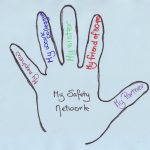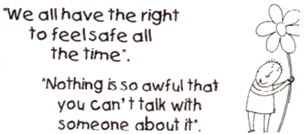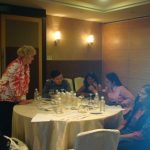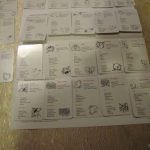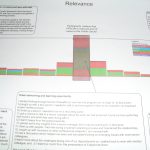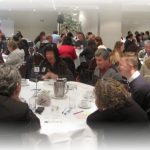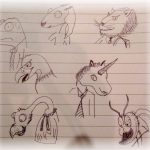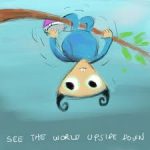 Leaders today need to be “learning agile”. This means taking risks, reflecting and innovating. The Centre for Creative Leadership( CCL) has published a paper “Learning About Learning Agility” which explains this in detail and provides a model for these behaviours )
Leaders today need to be “learning agile”. This means taking risks, reflecting and innovating. The Centre for Creative Leadership( CCL) has published a paper “Learning About Learning Agility” which explains this in detail and provides a model for these behaviours )
The article also identifies that leaders report ” risk taking” is the hardest behaviour to implement in a big organization.
If we look at risk taking a bit further, it often creates a sense of lack of personal safety, a challenge to our intrapersonal beliefs and values and is perceived as negative rather than positive.
The personal safety aspect is the one I want to explore a bit more.
So how do we couple the idea of personal safety with leadership risk taking? If we look at some of the Protective Behaviours concepts mentioned in a previous blog post, we can start to think about a number of principles most importantly the continuum of safety.
The continuum of safety looks a bit like this:
Safe : We feel ok about something, no early warning signs and we are comfortable. We are not threatened or feeling uncomfortable
Fun to Feel Scared : Sometimes we put ourselves in situations that are good fun, but a bit scary eg a scary movie. We know this is time limited and we have a choice and we have control. The feelings are a bit uneasy, but enjoyable.
Risking On Purpose: Sometimes it is not fun to feel scared. It is uncomfortable and a little threatening, but we still have a choice and we still have control and the situation is time limited. We choose to engage in the activity because of the persona or organizational outcome. For example attending a job interview. There is anxiety, it is time limited, we chose, we have control and we might get the job we want.
Unsafe: We know we are in this space when we feel awful, threatened and we have no choice, no control and it is not time limited. Under these circumstances we need to ask ourselves: What are we feeling? Stop!!! Take notice!!! Do we have control?, Do we have a choice? Is it time limited?
If the answer is NO to any of these, then we need to consider how we can return the situation to a safer point.
Keeping in mind the need for leaders to take risks and engage in reflection and learning, leaders also have a responsibility to ensure that the risk is safe ie risking on purpose. Leaders need to understand the continuum of safety and apply it to themselves in risk taking and to apply it to others around them in order to ensure others safety.
So in taking risks leaders need to ask themselves:
- What do I feel about this situation?
- What do others feel about this situation?
- Do we all have a choice?
- Is it time limited?
- Do we have control?
- If not how do I make it so?
Safe risks will enhance the reflection and learning necessary in complex times.
 “If you think you are too small to have an impact, you have never been to bed with a mosquito.” Anita Roddick.
“If you think you are too small to have an impact, you have never been to bed with a mosquito.” Anita Roddick.


